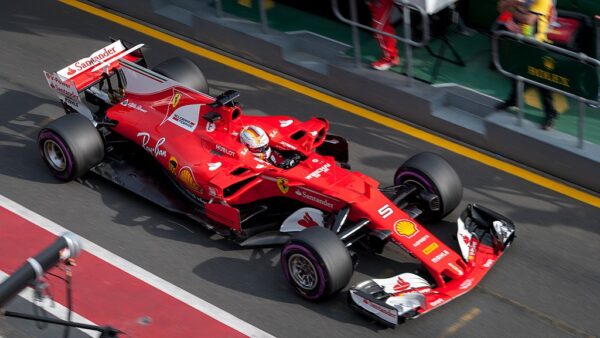Now that the season has started – revving up in style on March 25 in the Australian city of Melbourne – both drivers and teams are in for a challenging time ahead.
A Busy Time Ahead
Ending in November in Abu Dhabi, the schedule will see a gruelling and impressive number of races – 21 in all. Although it has won a thumbs-up for fans, including the F1 Paddock Club in Britain, it is likely to be a costly affair for dedicated followers as they globe trot from one far-flung venue to the next.
Summer Races
Their frequency is more of an issue than location as organisers try to ensure geographical closeness. June and July are particularly challenging with five races in a six-week period.
Overcrowded?
And although spectators are likely to be hugely entertained – see how they get treated at https://edgeglobalevents.com/f1-paddock-club/britain/ – this might not be the case if the calendar gets more crowded.

Race Increases
This looks likely to happen now that owners Liberty Media has confirmed such an expansion towards 25 races; interestingly, in 2009, this figure was at a manageable 17.
Extra Hosts
With current hosts making the most out of the tourism that races bring to their countries, this is something that others are keen to be part of, including the United States, where current targets include New York, Las Vegas and Miami amongst others. Copenhagen is a target for a street race, and Hanoi has already confirmed its interest in hosting the first Vietnam Grand Prix. Buenos Aires is also top of the list.
Escalating Fees
However, it’s not all good news. Silverstone, for example, is exploring a break after 2019 due to the burden of increased hosting fees and its financial viability. Similarly, after 18 years, Malaysia can no longer afford to host its F1 race.
A Tough Balance
Liberty Media is in a precarious position when it’s adding lucrative extra races to the calendar. Such income offers a definite boost to financial results yet has to keep stakeholders, partners and fans happy. It’s all well and good to target new countries, but die-hard fans – who often have their go-to circuits – need to be part of the equation also. More races may also mean more staff to prevent team burnout.

